Geologists Locate a Missing Part of the Earth That Vanished Millions of Years Ago
Researchers have discovered an ancient part of the Earth that vanished millions of years ago following an investigation conducted by geologists from a prominent university in the Netherlands.
The researchers surmise the missing piece of our planet was enormous, amounting to around one-quarter of the size of the Pacific Ocean surface area. Their discovery can potentially revolutionize our understanding of our planet’s geological history.
Earth's Turbulent History
In our daily lives, it’s easy to forget about the inner workings of the Earth, such as tectonic plates crashing together, sinking landmasses, and pushing others out of the sea, leaving behind new mountains and volcanoes.
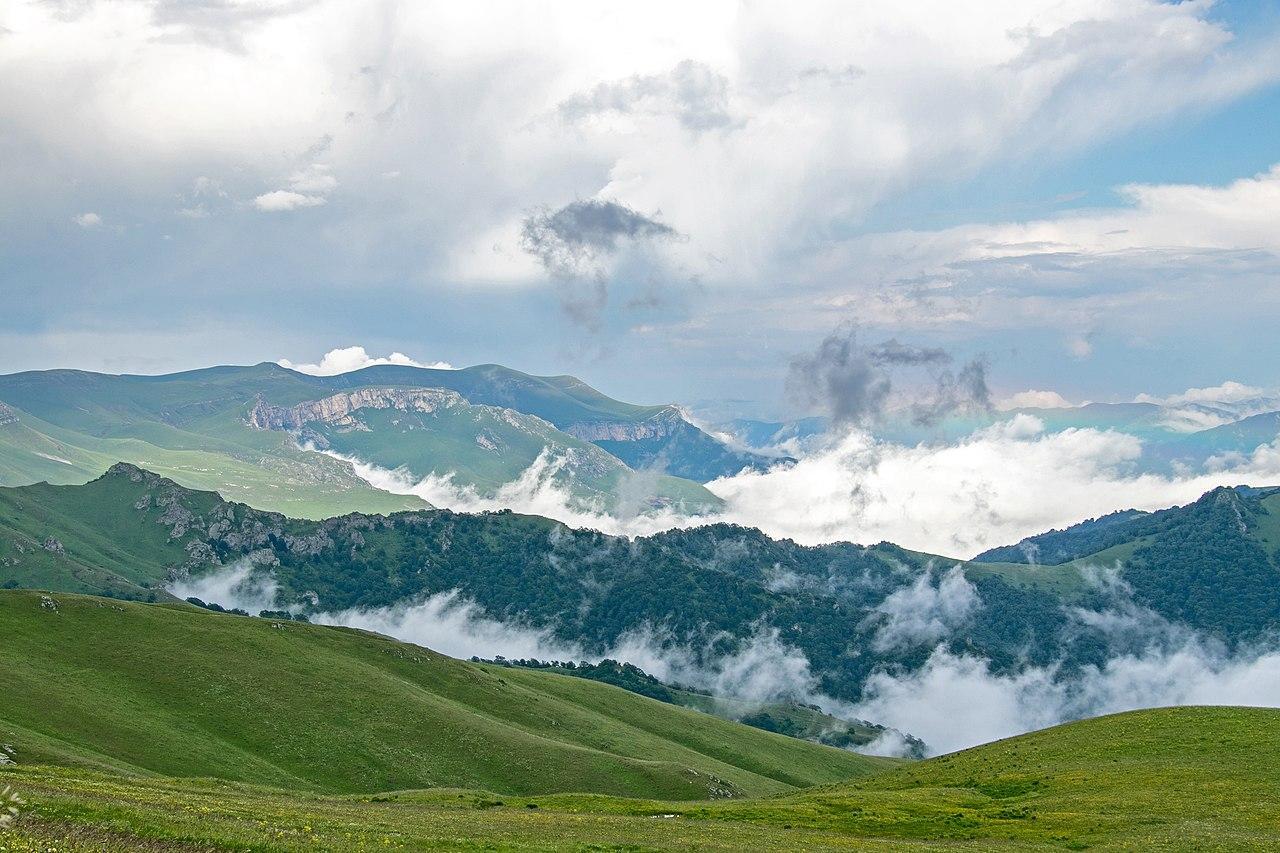
Source: Wikimedia
However, many geologists spend their lives studying such phenomena, often discovering fascinating secrets about our ever-changing world.
Geologists From the Netherlands Make Fascinating Discovery
During a study led by Suzanna van de Lagemaat, a geologist from Utrecht University in the Netherlands, and her colleagues, evidence of a massive missing part of Earth was unexpectedly unearthed.
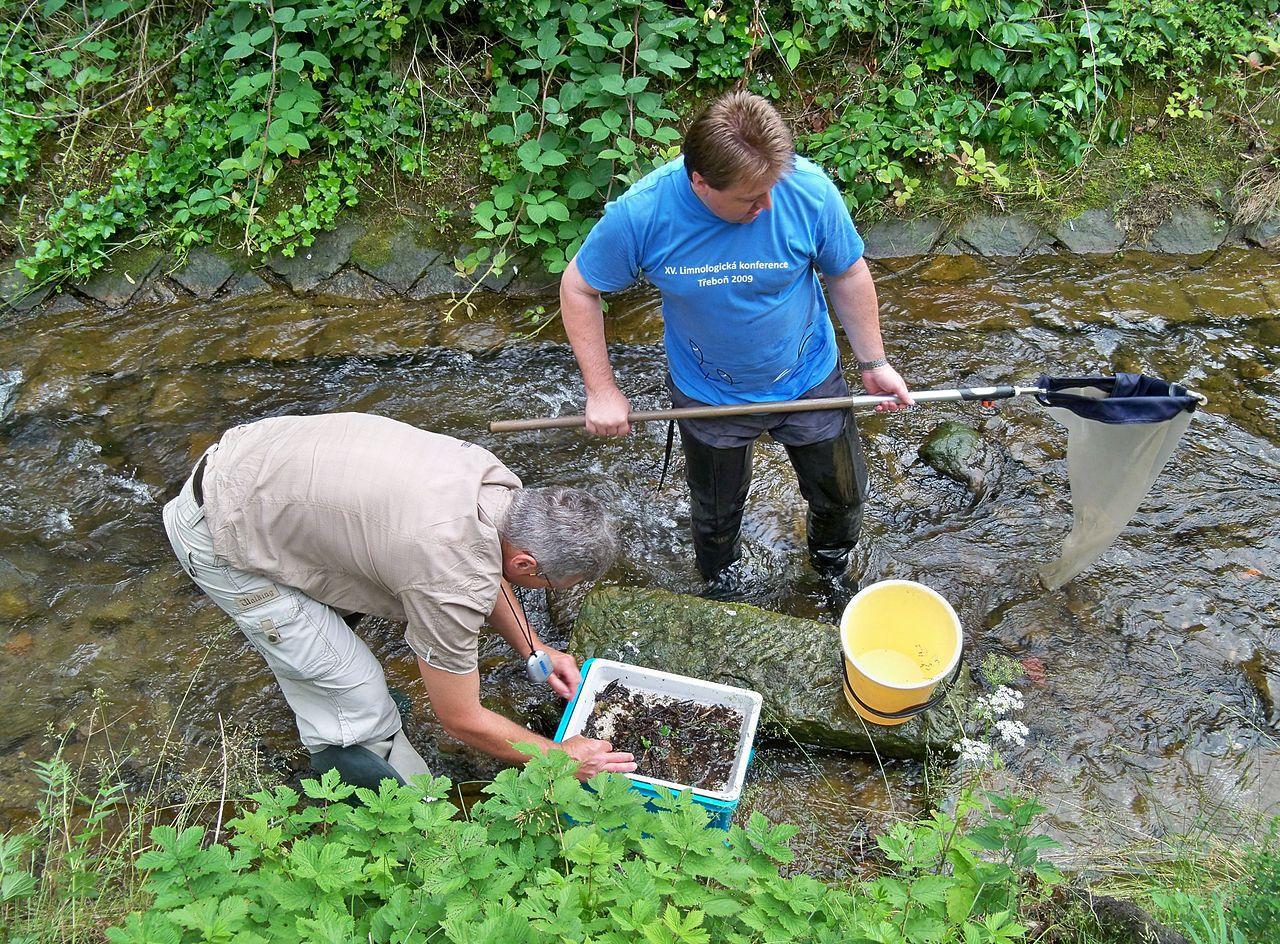
Source: Wikimedia
The team of researchers was able to reconstruct the enormous piece of our planet that supposedly vanished over 20 million years ago and shared their results in a new study published in the journal Gondwana.
Researchers Discover a Missing Tectonic Plate
The missing piece of Earth in question is an enormous tectonic plate that once covered a total area of around 25% of the size of the Pacific Ocean.
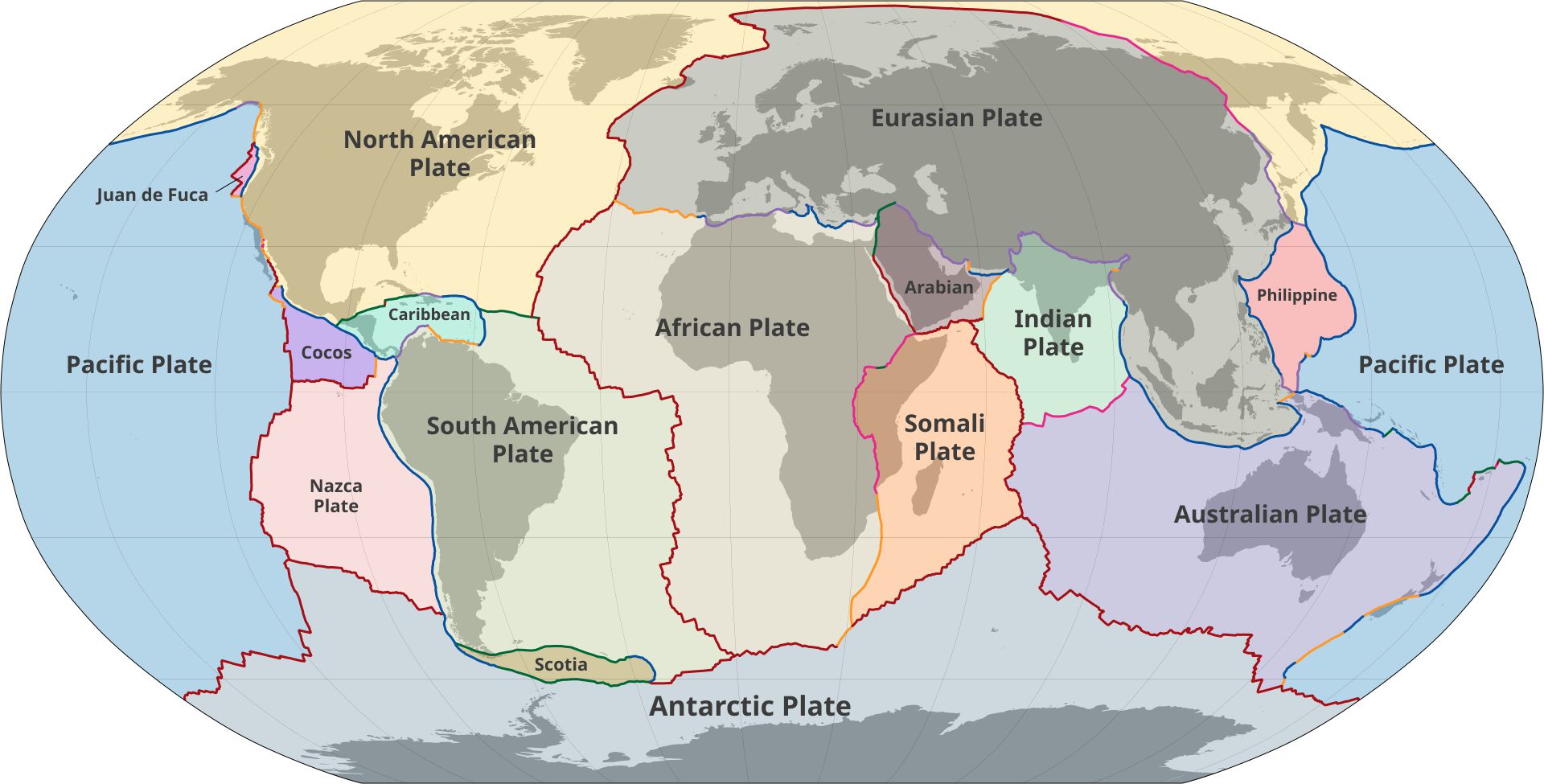
Source: Wikimedia
Van de Lagemaat and her colleagues had theorized the existence of the tectonic plate for the better part of a decade, based on the fragments found deep within our planet’s mantle.
Geologists Reconstruct the Missing Plate: Pontus
The team successfully reconstructed the tectonic plate by conducting detailed investigations of mountain belts in New Zealand, New Guinea, Japan, Borneo, and the Philippines.

Source: Freepik
To the scientists’ surprise, they concluded that oceanic remains found in Northern Borneo belonged to this theorized missing plate, which has since been dubbed Pontus. The researchers went on to construct the ancient tectonic plate in exquisite detail.
Researchers Stumble Upon Lost Plate By Accident
The discovery came about after Lagermaat and her colleagues had initially been searching for the remnants of a different set of lost plates known as the Phoenix plates.
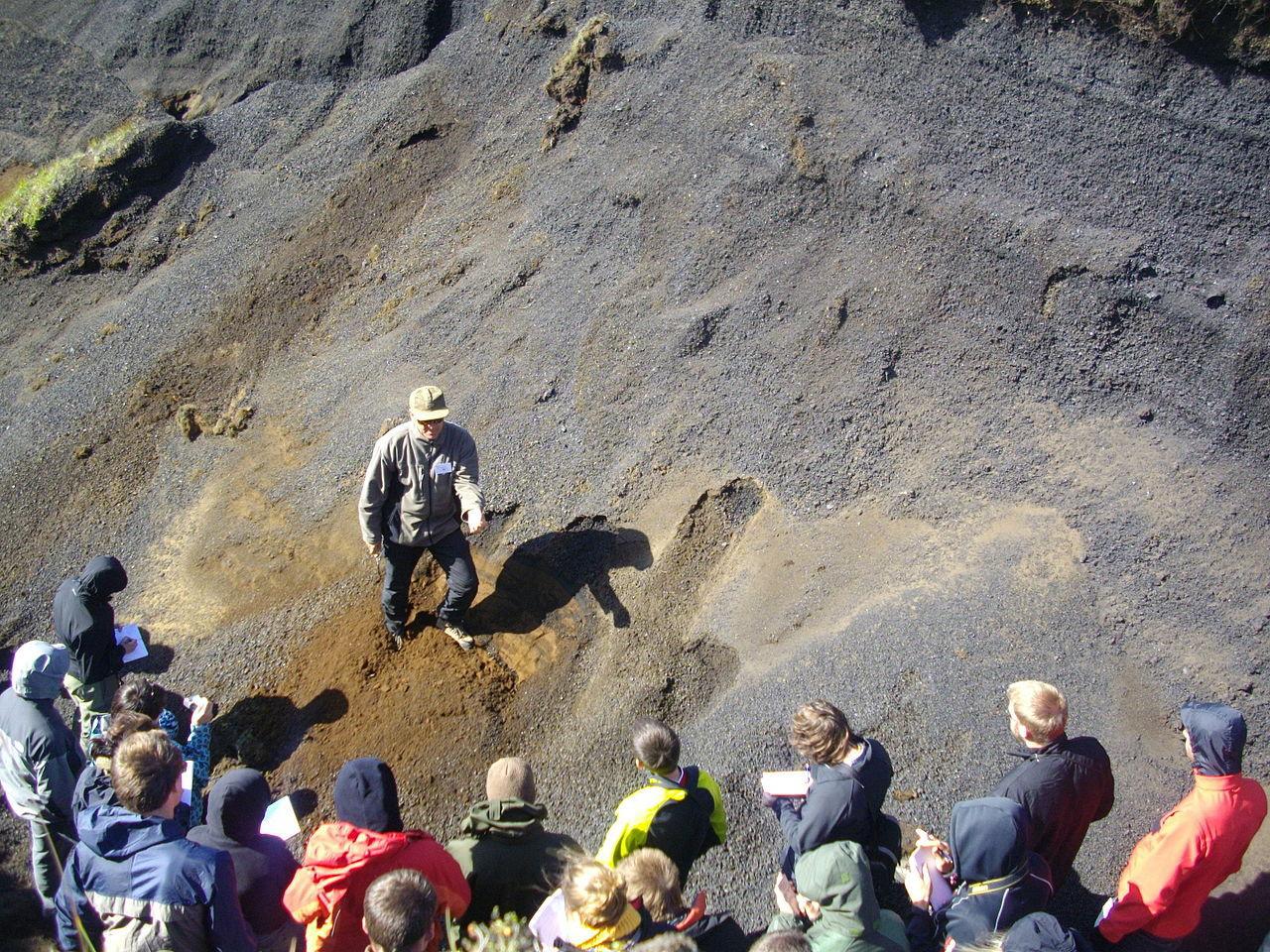
Source: Wikimedia
When they began investigating the rocks at Borneo, they quickly realized they didn’t match known examples from the Phoenix plate. “This latitude didn’t fit with the latitude we got from the other plates that we already knew about,” Lagematt explained.
Lab Results and the Relics of a Lost Plate
During an interview with Live Science, Van de Lagemaat said, “We thought we were dealing with relics of a lost plate that we already knew about.”
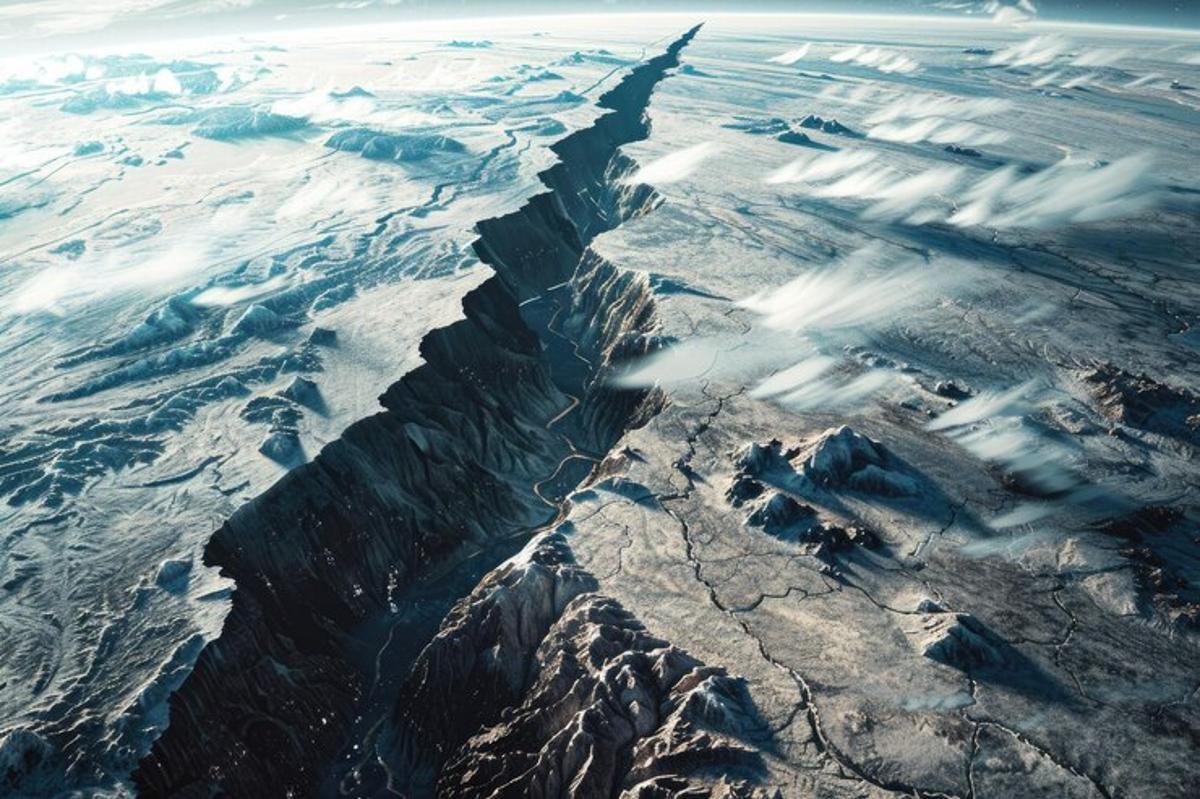
Source: Freepik
She continued, “But our magnetic lab research on those rocks indicated that our finds were originally from much farther north and had to be remnants of a different, previously unknown plate.”
The Missing Plate: Pontus
The researchers used computer models to create a clear picture of Borneo’s geology going back 160 million years. Lagermaat explained the models provided them with evidence that an ocean previously thought to exist in the region between South China and Borneo was not present.
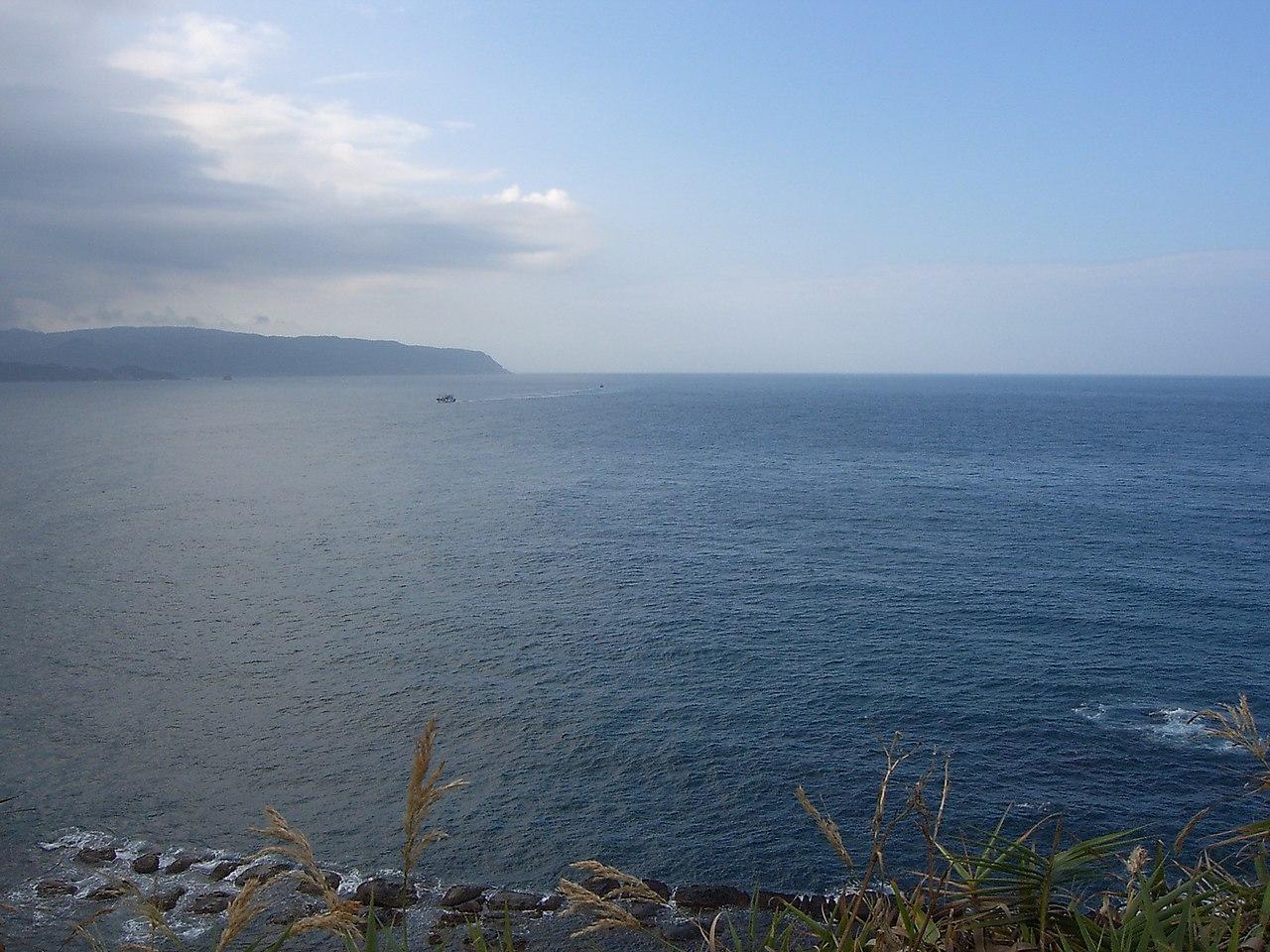
Source: Wikimedia
Instead, the team came to the realization that the gap was actually once occupied by the Pontus oceanic plate.
The Remnants of Pontus
According to the team of geologists, the remains of Pontus can be observed in the Western Philippine island, Palawan, and the South China Sea.

Source: Wikimedia
The study’s authors suggest Pontus formed over 160 million years ago. It continuously shrunk over its long life before being submerged beneath the Australian and Chinese plates around 20 million years ago.
Reflecting on the Study
Reflecting on the discovery, Lagermaat and her colleagues explained they struggled to verify their theory during the years of the research.

Source: Freepik
“11 years ago, we thought that the remnants of Pontus might lie in northern Japan, but we’d since refuted that theory,” said Douwe van Hinsbergen, Van de Lagemaat’s PhD supervisor.
The Systematic Reconstruction of the Ring of Fire
Van Hinsbergen went on to detail how van de Lagemaat came to her fascinating discovery.
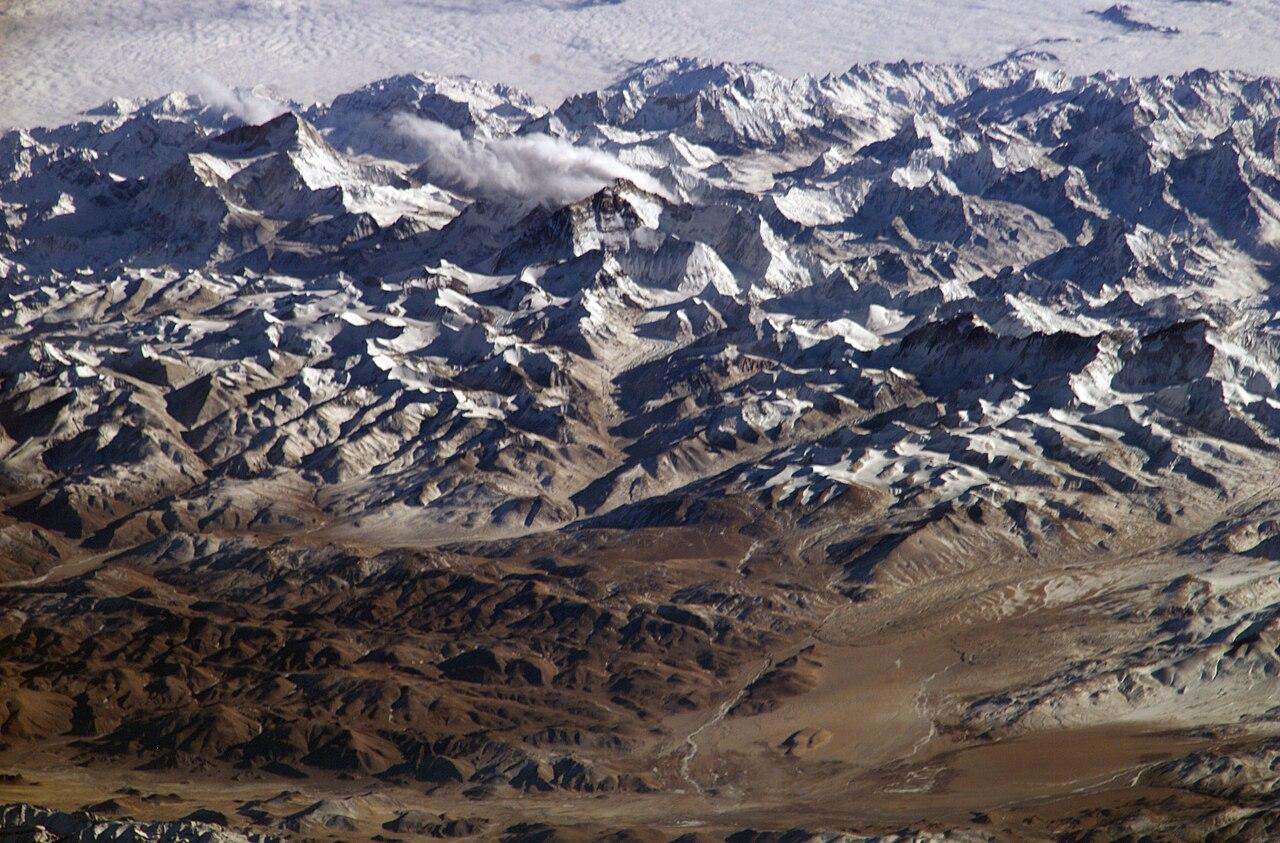
Source: Wikimedia
“It was only after Suzanna had systematically reconstructed half of the ‘Ring of Fire’ mountain belts from Japan, through New Guinea, to New Zealand that the proposed Pontus plate revealed itself, and it included the rocks we studied on Borneo,” she said.
The Pontus Ocean
The researchers named the lost plate Pontus because, during its existence, it sat beneath the Pontus Ocean.
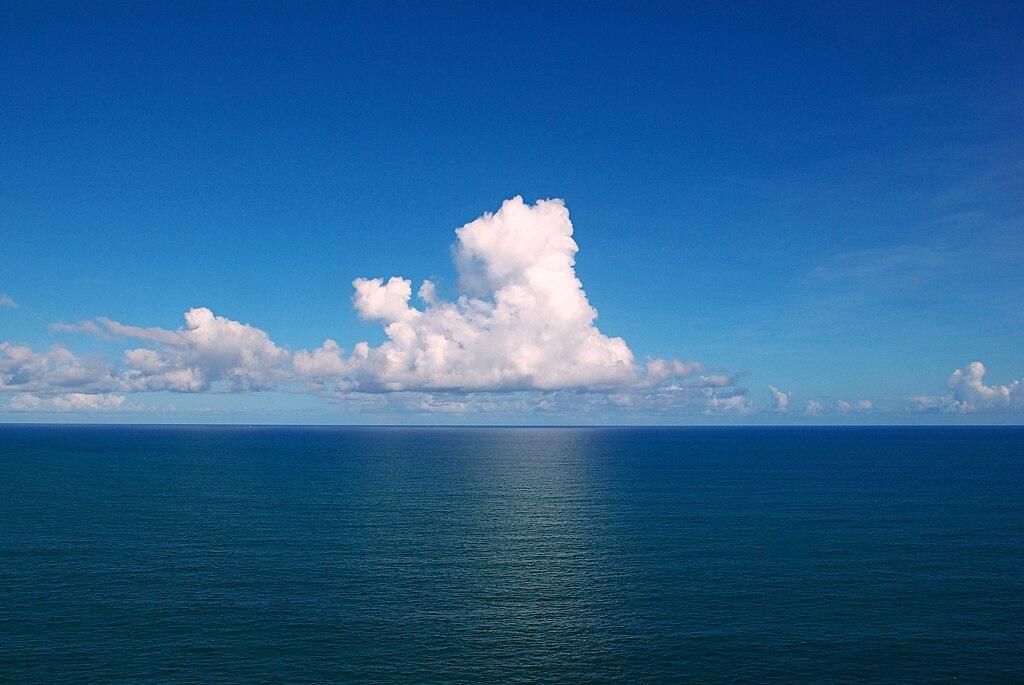
Source: Freepik
Regarding Pontus’ unexpected discovery, Lagemaat said, “It’s surprising to find remnants of a plate that we just didn’t know about at all.”
